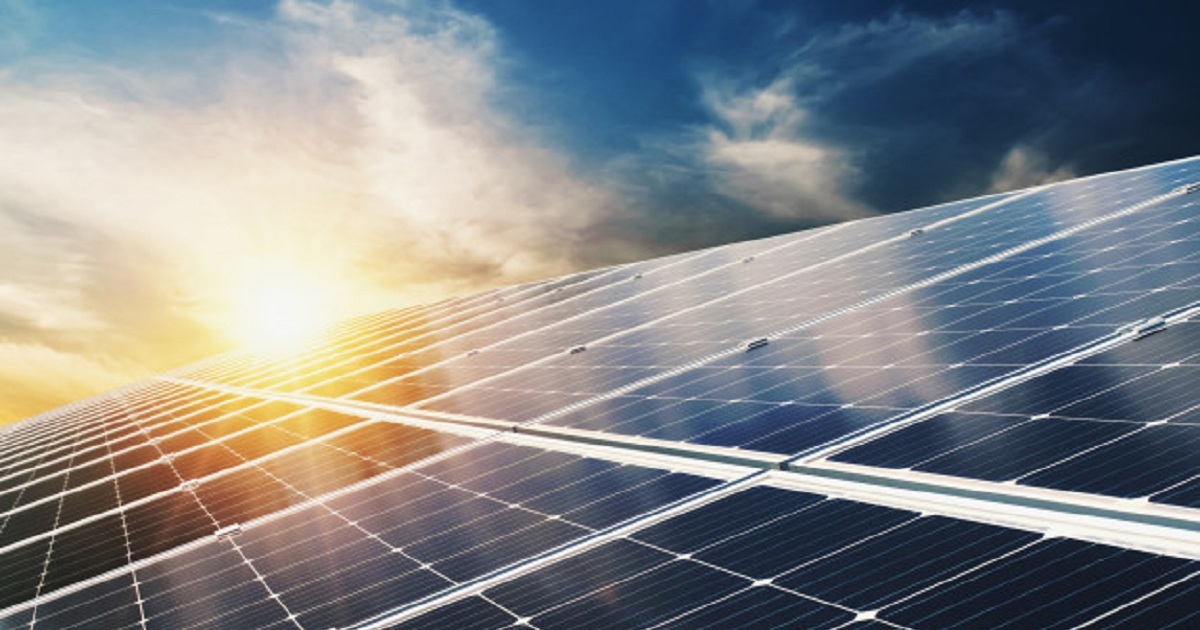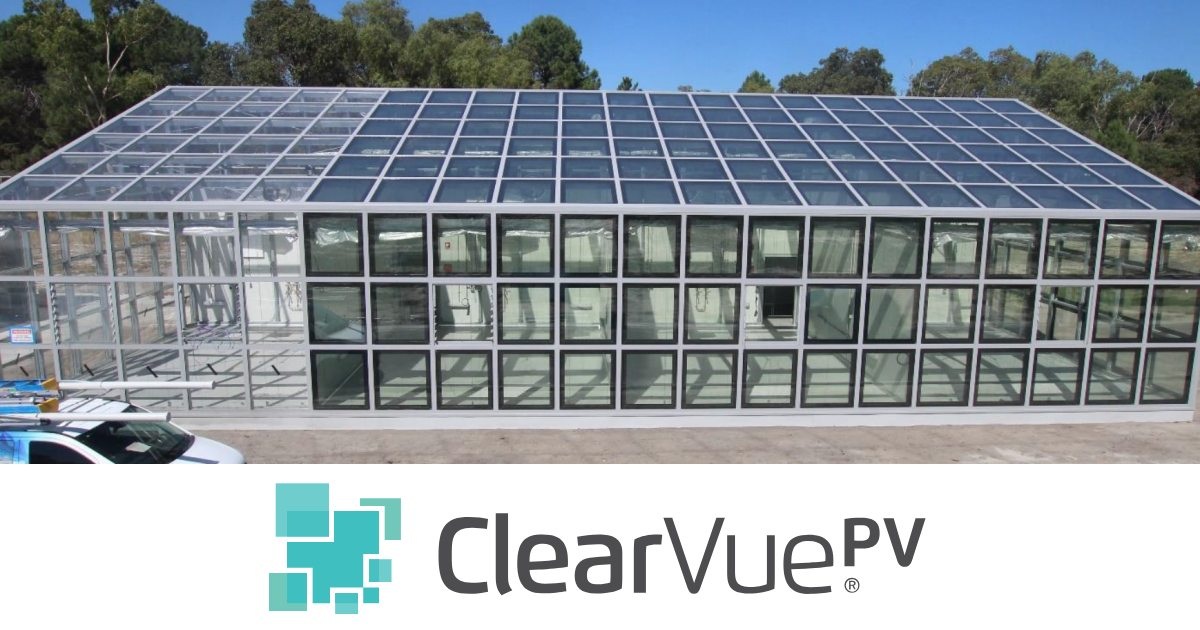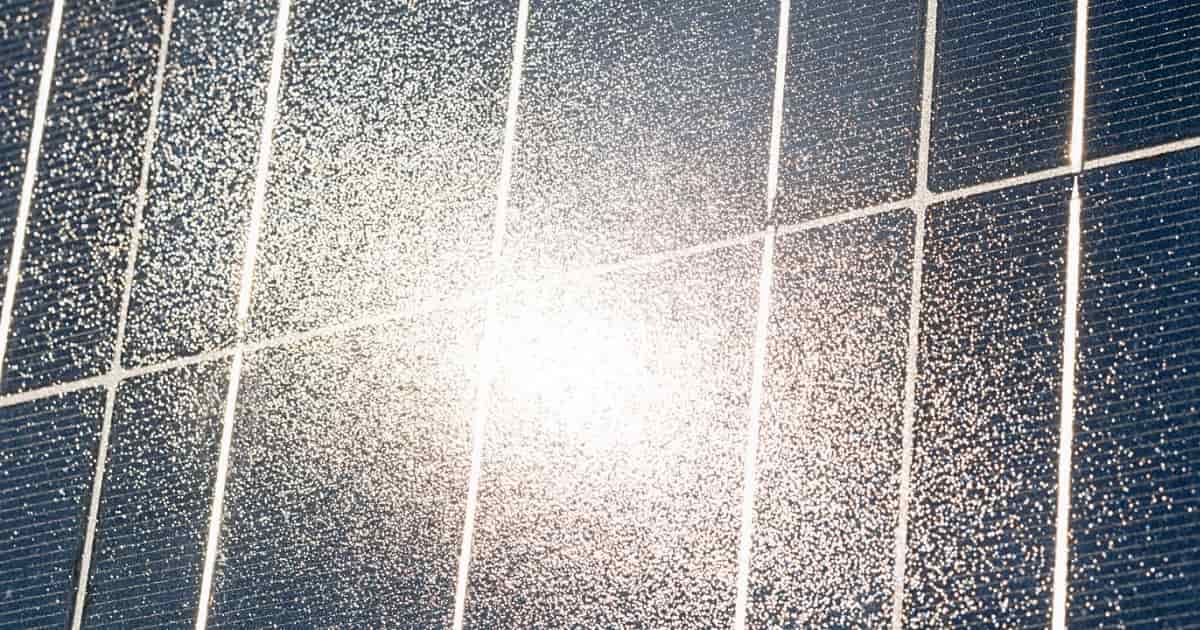
Solar+Storage, Strategy and Best Practices
Article | September 17, 2022
For anyone who has owned solar panels in the past, or even many considering solar power installation in the near future, it’s generally understood that direction is important in this field. Specifically, the ability of solar panels to point south, where they will receive the maximum possible sunlight and therefore create the maximum amount of energy, is vital for many solar panel installations – but it’s important to realize that the simple direction of the panels is not the only important variable here.
At Intermountain Wind & Solar, we’re happy to offer both commercial and residential solar panel installation services, including the utilization of the Tesla Powerwall battery backup. We assist our clients with every part of solar panel installation, including important directional and related themes that will play a role in how much sunlight your panels are able to soak up. Today we’ll focus on some of the important variables here, including why south-facing panels are the optimal approach plus several other basic factors to keep in mind when it comes to maximizing panel positioning and direction.
Read More

Energy
Article | July 15, 2022
A high-tech greenhouse comprised mainly of solar glass generating electricity to help run it was officially opened yesterday in Western Australia.
ClearVue Technologies Limited’s solar glass involves a nanoparticle interlayer and spectral-selective coating on the rear external surface that enables 70% of natural light to pass through while redirecting infrared and UV light converted to infrared to the edge where it is harvested by solar cells. ClearVue says each 1m2 of its window product is currently rated to generate 30 watts-peak of electric power, but also mentions a new-generation product with the proven ability to generate 40 watts peak per m2 to be available sometime this year.
Read More

Solar+Storage
Article | June 8, 2022
With the popularity of solar increasing across the country, the number of solar installers has been multiplying. Unfortunately, many fly-by-night companies with minimal installation experience or larger national firms with little market history are trying to capitalize on the industry’s growth. In addition, the sheer volume of installation partners that consumers have to choose from can result in a great deal of buyer confusion.
More choices, more issues
As the number of solar installers has gone up, so have complaints and issues related to providers and their service. Recently, the Minnesota Department of Labor and Industry reached terms with Empire Solar Group LLC’s trustees, a national solar installer that went bankrupt earlier this year, leaving 45 homeowners in Minnesota with projects in various levels of incompletion. Unfortunately, they’re not alone, as many other consumers have also fallen into precarious situations after companies using high-pressure sales tactics have been unable to deliver on the work. Michael Allen, CEO of All Energy Solar, says, “He’s angered that companies go out of business and face no fines.” Allen and other established industry leaders have done their best to help out customers caught in the middle of an installer’s bankruptcy issues, but there is only so much they can do.
What protections do consumers have?
In some cases, states have put into place protections for consumers; for example, in Minnesota, consumers stranded with uncompleted projects can get access to the state’s Contractor Recovery Fund, which receives money from licensing fees to help offset these costs. But that is of little comfort for those trying to determine what partner to choose for their project.
The best bet
When picking a solar installation partner, your best bet is to avoid those with high-pressure sales tactics, “too-good-to-be-true” pricing, or ones with little to no installation experience. Don’t simply trust the sales rep, do a little of your own research to see what other customers are saying. Looking for a record of successfully completed projects and businesses with state and national certifications can be another way to confirm credibility.
Read More

Energy
Article | December 23, 2021
Cleaner energy resources are the dire need of the hour and this is a known fact. While scientists and experts across the planet are striving hard to reduce our reliance on fossil fuels, our energy needs have never faced a downfall- thanks to rapid industrialization and urbanization. Although renewable resources like solar, wind, and hydro-electric power are the most popular alternatives, these are seasonal energy sources and the energy production from the same will not be similar all around the year. The fluctuations in production hence cannot always meet the energy demand of the population, and this makes the renewable energy sources not completely reliable.
Solar Production v/s Demand of the same in a year
What and How H2 is produced?
Now, this is where Hydrogen- the first element of the periodic table comes to the spotlight with a solution. Being a gas, hydrogen fuel can very well cater to our energy needs and is produced from techniques including Thermochemical, Solar-Water splitting, electrolytic and biological processes. While the production of this cleaner energy source leaves a carbon footprint of about 830 million tonnes in the form of CO2 annually, the result being a zero-emission fuel is what makes H2’s future bright.
Storage of H2 – the million-dollar question:
Having almost cleared the need and methods of producing hydrogen fuel, we will be looking at an area that is usually not given much thought about and that is the storage of H2. As already mentioned, for time being let us consider hydrogen as an alternative to renewable resources which is utilized when the energy demand increases drastically. While producing the fuel in the nick of time is obviously undoable, sufficient storage of H2 anticipating the demand is the best choice. Like Natural Gas, Hydrogen is also compressed before storing to achieve lower volume and also because liquid hydrogen demands a 64% higher amount of energy for storage than its compressed gaseous counterpart.
Storage tanks v/s Geological landforms:
Compressed Hydrogen can be stored in surface storage vessels (like steel composite concrete vessels and in wind turbine towers) or in geological landforms like (salt caverns, depleted O&G reservoirs, and aquifers). Nevertheless, unlike the underground geological landforms which offer huge storage capacity owing to their sheer scale, the storage tanks which can range in size from a small bottle to a huge tank require high amounts of pressure to store an appreciable amount of H2 in it. Since these storage tanks are usually constructed on the surface, the pressure conditions in these tanks need to be artificially stimulated and thereby mount huge upfront costs when compared to their geological storage counterpart.
H2 storage prices in Geological Landforms v/s Storage Vessels (in $/kg)
The above is a table comparing the prices of Hydrogen storage in Geological landforms and Storage Vessels at different pressure conditions. It is visible from the table that it's about 218 times cheaper to store the same amount of hydrogen in Geological landforms than in storage vessels.
Is geological storage truly a better option?
Like any other storage option geological storage too has its pros and cons. From the erosion of pipelines to the tedious task of injecting the gas and maintaining it at apt pressure conditions, geological storage has its limitations. However, the important prerequisite is the availability of the suitable landform itself.
While most of the Depleted O&G Reservoirs have already met all the requirements for a suitable Underground Hydrogen Storage (UHS) system, the presence of unrecoverable remnant fluids in it makes it both a boon and a bane. This is because the presence of remnant fluids like oil and gas satisfies the cushion gas need for efficient storage of H2 in the reservoir, chances of contamination of H2 by the same is also high. This is the reason why Aquifers too aren’t favorable underground landforms when it comes to hydrogen storage.
Salt Caverns- the best UHS System?
The problem of Hydrogen contamination in Depleted Oil & Gas reservoirs and aquifers leaves us to the next big suitable subsurface landform- salt caverns. Unlike the other two landforms, the problem of contamination can be prevented in these dome-like structures formed due to the upliftment of salt deposits and it is also found that about 98% of its storage efficiency can be used to store Hydrogen here. The reason behind its relatively expensive nature when compared to its other two counterparts is due to the process of salt removing or leaching that must be done before storing to ensure that the contamination of the gas is unheard of at least here.
Suitable Conditions of UHS:
As per Stefan Iglauer, the maximum amount of H2 can be stored at a depth of 1100m beneath the Earth’s surface and the capacity gradually decreases up until 3700 m depth beyond which the wettability of the gas increases as it percolates through the rocks and hence cannot be permanently immobilized. Conclusively it is found that suitable landforms formed at 1km depth can store up to 2.0 Mt of H2. Comparing this 2 MT storage capacity of Salt Caverns with the currently available storage tanks which can store about 800 kg of H2 in it, it is visible that geological landforms have a clear upper hand at least when it comes to storage capacity.
Future of UHS:
With demands for Hydrogen fuel estimated to grow at 5.48 % annually and the need for a suitable storage system of the same at 5.8% annually, the field of Underground Hydrogen Storage systems indeed has a bright scope. Moreover, to meet the large-scale needs of Industries, there is an imminent need to level up the storage capacity of H2 and by exploring suitable geological landforms across the globe, the estimated industrial need of 1200 kT/ year in 2050 can be met.
Read More